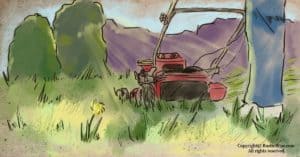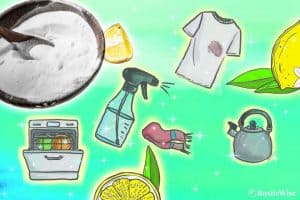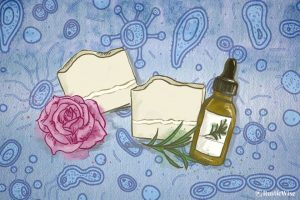How To Use Lard for Soap Making: Back To Basics
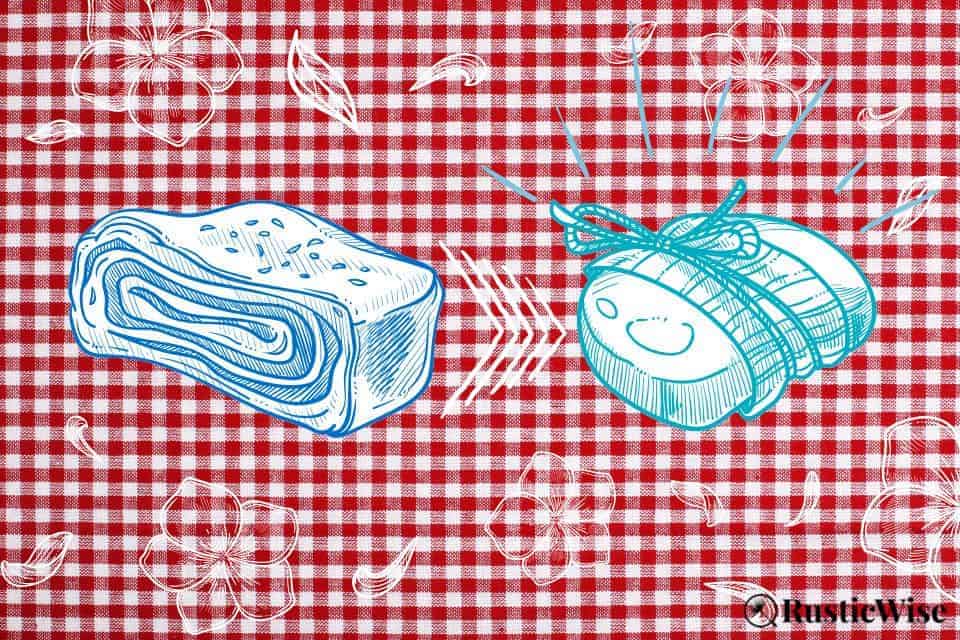
RusticWise is supported by its readers. When you purchase through links on our site, we may earn an affiliate commission. As an Amazon Associate, we earn from qualifying purchases. Thank You!
Using lard for soap making is the classic embodiment of the “waste not, want not” ethos. Lard comes from the fat of pork, and when used to make soap, creates a white and hard bar of soap with stable, creamy lather.
Obviously, lard isn’t an ingredient that jives well with everyone, especially vegetarians or vegans, or those ethically opposed to using animal products. Or maybe the mere thought of using pig fat to rub onto your skin via homemade soap grosses you out.
I hear you.
But if you can get past the “ickiness” factor, you’ll find that lard is an affordable soap making fat that produces hard and long-lasting bars of white soap. Read on to learn more about using lard for soap making, lard soap benefits, how to render lard, plus a simple pure lard soap recipe.
The case for using lard for soap making
One way to look at using lard for making a batch of soap is that it’s a form of low-waste living. Instead of throwing out trimmings, you’re turning them into something new and useful (a form of upcycling).
In this way, less of the animal goes to waste.
Lard (or tallow) was the default fat used on homesteads for centuries to make homemade soaps. It was readily available, helped reduce waste, and made pretty good soap, to boot!
Nowadays, even if you don’t live on a farm, lard is one of the most affordable soap making fats even if you buy it from the store.
There are a few misconceptions about using lard for soap making. Many assume that since pig fat is greasy and heavy, the soap may clog pores.
This is not true. Lard is high in oleic fatty acids (which is one of the key components of olive oil). Oleic acids have mild, skin-loving, and conditioning properties.
If you have purchased lard in bulk and don’t know what to do with it all, the good news is that there are plenty of ways to use it up.
Besides making soap, you can also use lard for candle making, baking, cooking, seasoning your Dutch oven skillet, and sometimes as bird feed.
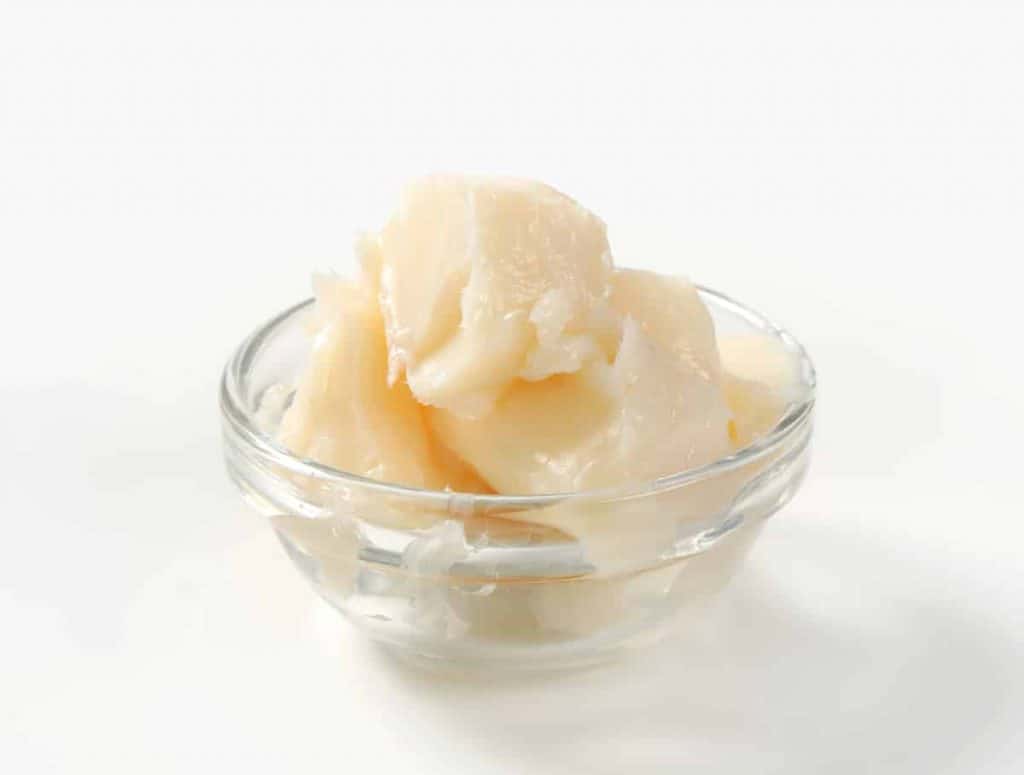
Credit: Yay Images
Is lard the same as tallow?
You’ll often hear the terms lard and tallow used interchangeably, but no, they are not the same. While lard comes from pig fat (in particular, the area around the kidneys and internal organs), tallow comes from beef, or other grazing animals.
Beef tallow is the most commonly used and widely available (at least where I live), but you can also use other types of tallow to make soap such as bear, deer, goat, and sheep.
While beef and tallow have many similarities, tallow makes a slightly harder bar of soap.¹
For soap making, lard and tallow have different SAP values and can’t be used interchangeably. Run your recipe through a lye calculator first if you’re planning to substitute lard for tallow (or vice versa).
Benefits of lard soap for skin
Lard and its derivatives, including lard glyceride, are commonly found as ingredients in commercial cosmetics and soaps. Lard derivatives are used to stabilize emulsions and improve viscosity.²
Here are a few natural lard soap benefits:
Properties of lard in soap
We categorize fats such as lard and tallow as “hard oils” as they are solid at room temperature. Lard and tallow are unsaturated fats which make hard bars of soap.
When making a soap batch with pure lard (or a high percentage of lard), you can expect a hard and durable bar of soap with mild yet creamy lather, and a white color.
Here’s a look at the properties of pig lard in soap.
Table: Properties of Lard in Soap
| Lard Soap Values | |
|---|---|
| Hardness | 42 |
| Cleansing | 1 |
| Conditioning | 52 |
| Bubbly Lather | 1 |
| Creamy Lather | 41 |
| Lauric acid | 0 |
| Myristic acid | 1 |
| Palmitic acid | 28 |
| Stearic acid | 13 |
| Ricinoleic | 0 |
| Oleic acid | 46 |
| Linoleic | 6 |
| Linolenic | 0 |
| NaOH SAP | 0.141 |
| KOH SAP | 0.198 |
Tip: Palm oil has similar properties to lard when making soap—it, too, adds hardness and a mild, creamy lather. While palm oil is plant-based, it’s a bit of a controversial oil to use as it’s linked to deforestation and loss of animal habitat. If using palm oil, look for one that’s RSPO certified to ensure it’s ethically produced.
Where to buy lard for soap making
You can find lard in larger grocery stores in the meat section. Rendered lard may come in large boxes or buckets. You can also ask a local butcher for animal trimmings which you’ll need to render yourself.
However, not all types of lard are created equal. The lard from pigs raised in most commercial operations may contain contaminants (such as heavy metals or pesticides), depending on what they eat.⁵
Look for organic, pasture-raised or naturally raised pigs that will have fewer contaminants stored in the fat.
You can also find lard at various soap suppliers online.
You might like
Mangalitsa’s Pork Fat, Open Kettle Rendered Fat, No Preservatives, 24 oz (1.5 lb)
- 100 percent natural, no preservatives added.
- A family farm dedicated to providing the highest quality gourmet pork lard available.
- Sustainably raised with the responsibility of breeding, raising, feeding, and care.
Found on Amazon
Check Current Price
Those in Canada and the UK should be taken to the product listing in your region.
How to render animal fat
If you have a source of animal fat either from your own animals, a farmer friend, or a butcher, rendering your own fat isn’t as hard as it sounds. Rendering, in a nutshell, involves melting the fat, and straining it to remove any impurities.¹
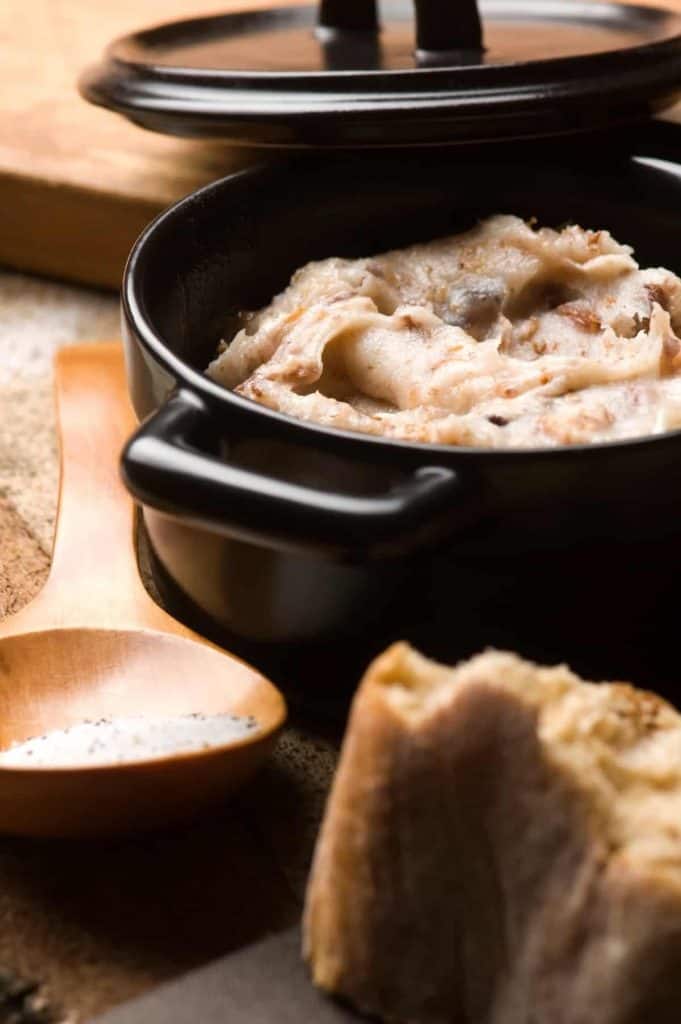
Credit: Yay Images
This isn’t an in-depth tutorial about how to render animal fat, but you can complete the entire process in an afternoon.
Supplies you’ll need:
- A large pot
- Wooden spoon to stir
- Cheesecloth, sieve, or slotted spoon to remove cracklings
- Several glass mason jars or heat-safe containers to store rendered lard
- Cutting board and knife
- Water (for 10 pounds of fat, use 4 cups of water; for 1 pound of fat use slightly less than 1/2 cup of water)
- Cut into small pieces. Gather your fat trimmings and cut into small pieces. This speeds up the rendering process.
- Gently heat. Place the fat into a large pot on the stovetop. Use low heat and add water.
- Stir occasionally. Depending on how much fat you’re rendering, it can take one to two hours to fully melt the fat. Avoid cranking up the heat as this may burn it.
- Look for cracklings. You’ll know your lard is finished rendering when it liquefies and you see “cracklings” or small brown pits that settle to the bottom.
- Strain and store. Carefully pour the hot mixture into heat-safe containers for storage. You can use either cheesecloth, or a sieve to strain. Or, you could also use a slotted spoon. You may need to strain the lard more than once as necessary.
Once cooled and at room temperature, your newly rendered lard should be creamy and white with little to no odor. Store lard in a cool place such as the refrigerator.
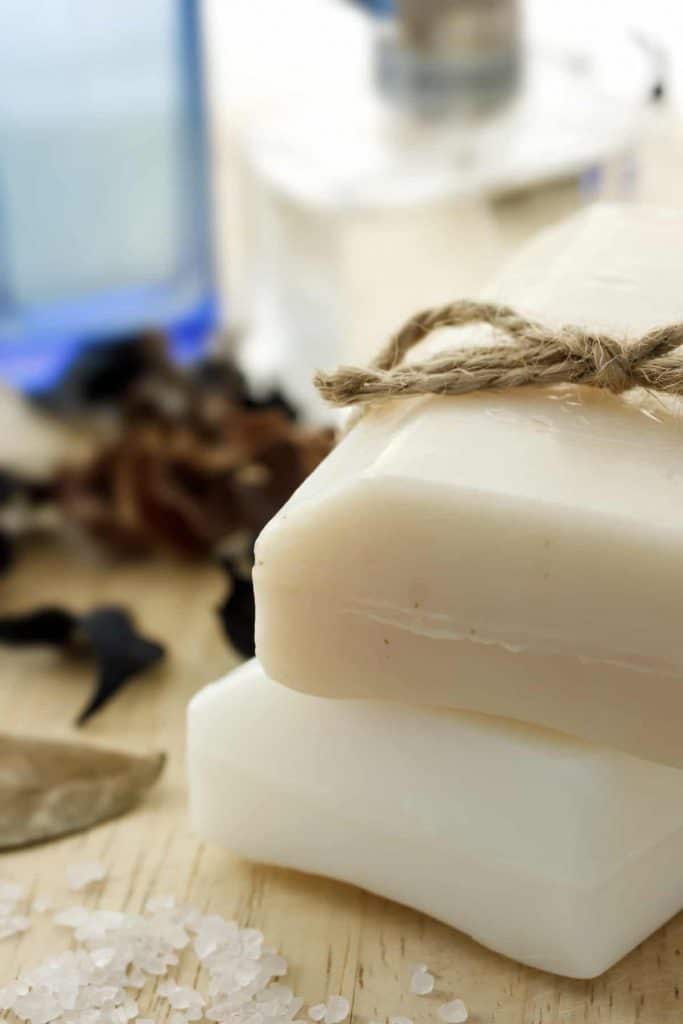
Basic 100 percent pure lard soap recipe
At its most basic level, homemade soap uses three ingredients: lye + distilled water + fat. In this case, the fat we’re using is lard, a homesteader favorite.
This soap recipe is for cold process soap. If you’re new to soap making, please read up on lye safety first and ensure you use all proper safety equipment.
This batch of soap will be great for sensitive skin as it’s moisturizing and conditioning. (Don’t expect lots of big bubbles, however).
This recipe uses 5 percent superfat.
Yield: Roughly 1½ pounds of soap, or roughly 4 bars of soap
Supplies:
- Digital kitchen scale
- Thermometer (digital, infrared, or candy thermometer)
- Immersion blender (stick blender)
- Stainless steel saucepan for melting the lard
- Heat-safe jug for the lye solution
- Rubber spatula for stirring and scraping
- Loaf mold or individual silicone molds
- Safety gear (goggles and gloves)
Ingredients:
Lye solution:
- 6.08 ounces distilled water
- 2.15 ounces sodium hydroxide lye
Fats:
- 16 ounces lard
Fragrances:
- 0.5 ounces of your choice of essential oil
- Prepare the lye solution. Put on your gloves and eye gear. Measure the distilled water and add to heat-safe jug. Measure the sodium hydroxide and slowly add to water. Allow the lye mixture to cool.
- Measure and melt lard in a saucepan. Warm the lard over low heat in a non-reactive saucepan until melted, stirring occasionally.
- Bring to trace. Once the lye mixture has cooled and is of similar temperature to the combined oils, carefully add the lye to the oils. Use an immersion blender (stick blender) to combine the soap batter until it thickens and turns opaque (reaches trace).
- Add essential oil. Once your soap batter has reached trace, add your essential oil and stir to combine.
- Pour into mold. Pour the soap batter into a prepared mold.
- Set, cut, and cure. Allow the soap batter to cool and harden (at least 24 hours). If soap has hardened, unmold and cut into bars. If bars are too soft, allow it to set for several more days. Let the soap bars cure for 3 to 4 weeks in a well-ventilated room. You’ll get a longer lasting bar this way.
Related questions
Can you make lard soap without lye?
No, you can’t make soap from scratch without lye. Sodium hydroxide (or potassium hydroxide) lye is an integral and necessary ingredient when making soap. Without lye, the oils and water would not saponify (turn to soap). If you want to make soap without having to handle lye, you can try making melt and pour soap. (Just note that melt and pour soap bases are already fully saponified with the help of lye—you, however won’t need to worry about it!)
New to making soap? 🧼❓
👉We have a fantastic overview on the whole soapmaking process here: read our Timeless Guide To Soapmaking.
If you would like to see our soapmaking posts organized by topic type, see our Soapmaking Collection.
Would you like more timeless tips via email?
Fun tips to help you live an independent, self-sustaining lifestyle. Opt-out at any time.


References
- Emery, Carla (2012). The Encyclopedia of Country Living, 40th Anniversary Edition. Sasquatch Books. ISBN-13: 978-1-57061-840-6.
- International Journal of Toxicology, 20(Suppl. 2):57–64, 2001, Final Report on the Safety Assessment of Lard Glyceride, Hydrogenated Lard Glyceride, Lard Glycerides, Hydrogenated Lard Glycerides, Lard, and Hydrogenated Lard, https://journals.sagepub.com/doi/pdf/10.1080/109158101174381. Accessed December 2021.
- My Food Data, Lard, https://tools.myfooddata.com/nutrition-facts/171401/wt1/1. Accessed December 2021.
- Soap Calc, Lard, Pig tallow, http://www.soapcalc.net/calc/SoapCalcWP.asp, Accessed December 2021.
- Wrona, Thomas (24 May 2021). “Tallow vs. Lard: Battle of Two Superfats,” Doctor Kiltz. Accessed December 2021.

Author: Josh Tesolin
Josh is co-founder of RusticWise. When he’s not tinkering in the garden, or fixing something around the house, you can find him working on a vast array of random side projects.



